Would you believe that a single letter can transform your credit score from average to exceptional? Many dismiss it, but it's a well-kept secret among financial insiders.
In today's economy, understanding your credit score is more crucial than ever. A boost from 650 to 800 could open doors you never imagined.

Did you know most people only utilize half of their credit potential, leaving vital points wasted? Contrary to popular belief, paying off all debts at once might not be the golden ticket to a perfect score. Financial strategists have discovered alternative methods that quietly increase your credit standing without visible effort. But that’s not even the wildest part…
You’ve probably heard that inquiries can hurt your credit score by up to five points, but here’s the shocker—some inquiries might actually improve it! Little-known quirks in credit bureau systems can work in your favor if managed correctly. Ready to explore this potential with a savvy approach? What happens next shocked even the experts…
It's remarkable how sending a strategically written letter can do wonders for your credit score. This isn't just any letter—it's called a "Goodwill Adjustment Request." By appealing to a creditor's better nature, many have successfully removed negative marks. Imagine seeing a derogatory item disappear overnight! But what’s even more fascinating is the precise way in which this letter should be constructed to maximize success.

Studies have shown that the language you use can heavily influence creditor responses. A casual tone mixed with sincerity often yields the best outcomes. Start with gratitude and gently explain your situation, then mention how their positive response will foster loyalty. But there’s one more twist to this trick—timing is everything.
Sending your request at the right moment could significantly alter the outcome. Those who craft such letters right after an anniversary of the issue date have reported a higher success rate. Whether this is due to a psychological leniency or mere coincidence remains a mystery. What you read next might change how you see this forever.
Persistence, too, plays a vital role. Don’t be discouraged by initial rejections; some needed to send multiple letters before striking gold. Each attempt refines your strategy, often revealing insights on what truly resonates with creditors. Remember, these points and techniques weren’t widely known until recently. But there are more strategies yet to uncover...
While many focus on reducing debt, a surprising trick involves actually using small amounts of credit. By making minor, manageable transactions and paying them off immediately, you reveal yourself as a reliable spender to creditors. These aren’t hefty purchases—think essential groceries or a small, regular bill.
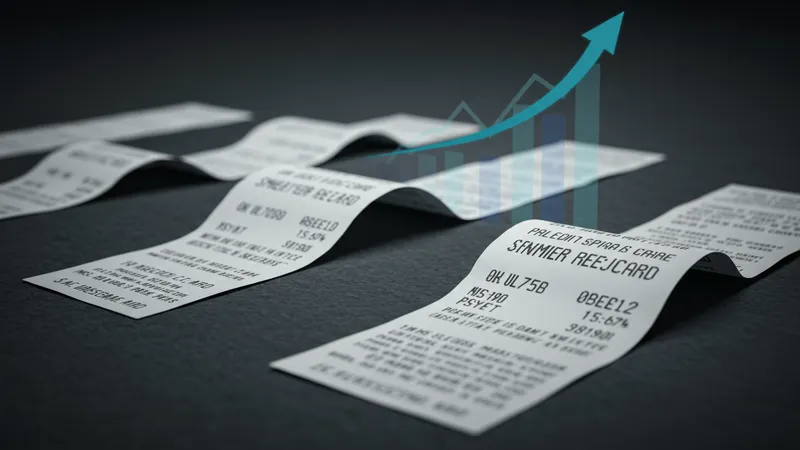
Interestingly, paying off these small debts showcases consistent financial responsibility and boosts your trustworthiness. It’s a low-risk, high-reward strategy that subtly yet powerfully impacts your score. But there’s an unexpected tip that can amplify this effect.
Rotating these small charges between several credit lines builds an image of diversified, responsible credit management. The key is not overshooting—utilizing no more than 30% of your available credit line works like magic. But hold onto your seats, because there’s another financial maneuver to consider.
Simultaneously applying this strategy with timely credit utilization adjustments leverages a little-known algorithmic quirk. This means deciding how much of your credit line you actually use can send your score soaring. But what’s the real trick behind these clever credit antics? To explore deeper, read on…
It’s a common belief that zero balance equals a perfect credit score. However, experts claim that sometimes showcasing a bit of debt can prompt an even higher score adjustment. So, what does this mean for you?
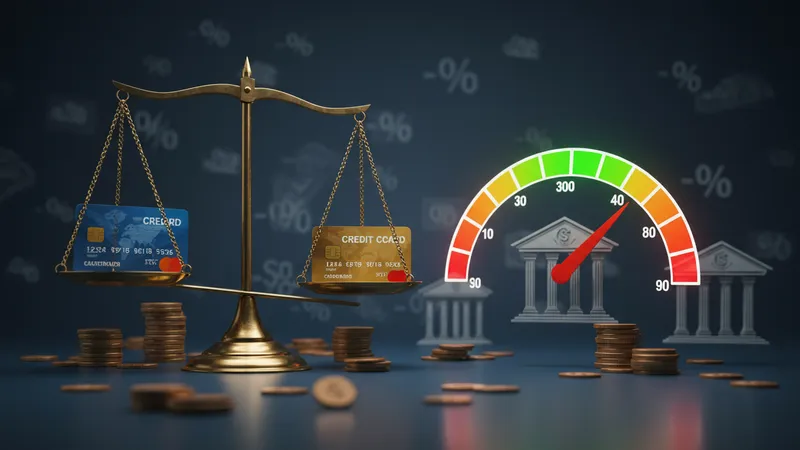
Counterintuitively, maintaining a small, carry-over debt might actually work in your favor. This isn’t about financial recklessness—quite the opposite. By keeping utilization around 10%, you exhibit a commendable profile to lenders. But there’s more to this balance than meets the eye.
The way credit utilization is reported across different cycles makes a big difference. Devices like credit utilization ratio checkers provide pivotal insights that can guide you on when and how much to pay. So while others might panic paying off huge chunks, your subtle strategy reaps rewards.
Understanding these nuances can enable strategic, life-enhancing decisions. Such innovative approaches redefine what it means to be credit-savvy in the modern economy. The next revelation could be the aspect you've overlooked…
Ever heard of the idea that paying your bill twice a month might bolster your credit? Known as “payment splitting,” this simple act can supercharge your credit building. What makes it fascinating is how it plays with the reporting cycles.
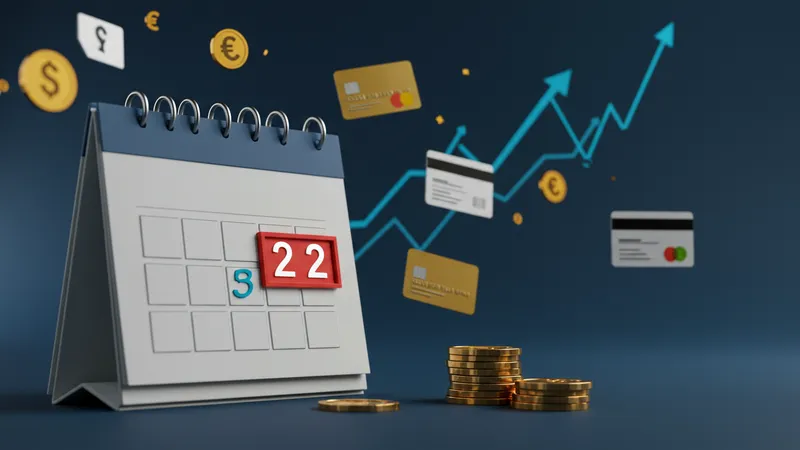
By making two smaller payments instead of one large one, you ensure lower balances are reported, reducing credit utilization. It’s an insider trick that doubles your perceived financial diligence. Let's dive into why timing these payments can transform your credit outlook.
Credit reporting isn’t uniform—it varies not only by creditor but also by when during the month your statement is generated. Paying before the statement closing date ensures low figures during crucial periods. Yet, there’s an even more unpredictable force at play you wouldn’t expect.
The synergy between these payment splits and rotating purchases, as previously discussed, creates a self-reinforcing cycle. With each cycle, you’re capturing golden opportunities to present a consistent consumer profile. The next step in optimizing these actions is sure to surprise...
Having a variety of credit types isn’t just for a diverse lifestyle; it’s actually a strong factor in your score. But the real question is, how much mix is the perfect blend, and at what cost?

Most people shy away from diversification due to fear of overextending. However, diversifying with purpose—like adding an installment loan if you’ve only had credit cards—pays dividends. It’s striking the right balance that moves the needle in your favor.
Having these mixed credit models showcases your ability to manage various financial responsibilities and can contribute up to 10% of your credit score. But strategically acquiring these isn’t a one size fits all. The real challenge is aligning this with other financial aspirations you have.
This maneuver might reshape how you qualify for larger loans or significant financial milestones. As we unfold more methods, discover the nuance in what comes next—another unexpected angle awaits.
Imagine having your credit score boosted by simply being added to someone else’s account—it’s called becoming an “authorized user,” and it’s more potent than you might think.

By strategically getting authorized on a reputable account holder’s credit line, you gain the benefits of their positive credit behavior. It’s essential, though, to choose someone with longstanding, impeccable credit history. But let’s explore how exactly this interaction functions under the radar.
As an authorized user, their history impacts your own, gradually improving your score just by association. It’s a hands-off approach that’s like getting a ride on someone’s stellar record. This isn’t just fantasy—it’s rooted in financial practices. But there’s more nuance in the potential shortcomings.
The key lies in mutual trust and ensuring your new association remains positive. Not all accounts offer the same positive leverage, so due diligence on account history is crucial. What awaits next might redefine your credit strategy entirely…
If becoming an authorized user sounds beneficial, consider “credit piggybacking.” It’s essentially riding the stable credit reputation of another, but is it as straightforward as it sounds?

Piggybacking involves the deliberate addition to accounts with great credit metrics, aiming for a ripple effect on your own rating. It’s more regulatory than personally managed, often handled through specialized firms. But how exactly do these firms work, and can everyone benefit equally?
These firms match clients with stellar priority accounts, optimizing score improvement without the typical rigmarole. Yet, not all credit institutions favor this method, arguing that it skirts genuine credit-building. It underscores a significant shift in how creditworthiness is seen in the modern era.
While this might sound tempting, the ethical debate continues about its fairness and long-term benefits. What transpires beyond the surface is utterly compelling—take a step further to unravel the deposit rhythms.
Switching gears, it’s crucial to highlight how bank deposits interact with your credit score. Were you aware that your deposit patterns, in fact, offer intriguing impacts? Here’s how.

Volatile deposit amounts might indicate instability, whereas regular deposits suggest security. The surprise, however, is how lenders interpret these metrics—not merely as income predictors but as reliability assessments. It’s a perspective shift you didn’t know you needed.
Your steady deposit history can signal financial dependability beyond just credit card management. It augments your whole financial image, particularly assisting in larger credit requests. But here’s an extra layer to this simple premise.
The core realization is that alternative banking data becomes increasingly integral in credit decisions. What revelations still linger as the detailed framework of financial evaluation broadens evermore?
Ironically, minimum payments often receive a bad rap. But there’s a hidden advantage to paying them consistently. Here’s what that entails and how it defies assumptions.
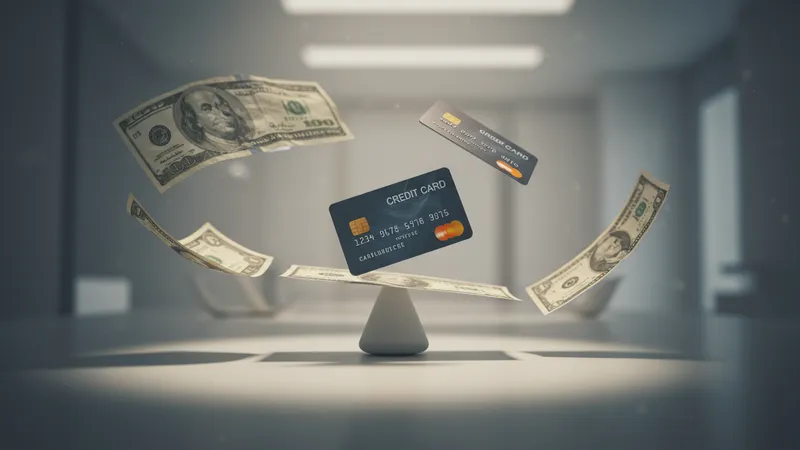
Consistent minimum payments prevent penalties and account defaults, which protects your record. Financial oversight reveals that just staying above delinquency—strategically—is a win. It seems counterintuitive but here’s why: it shapes repayment predictability.
Lenders appreciate predictable behavior; satisfying minimum requirements punctually reflects a managing lifestyle despite constraints. Despite the stigma, habituating this payment can insulate against more damage. But counterpoint nuances exist.
While strategizing payments this way, underlines the significance of holistic education about broader impacts. As it turns, this angle opens yet another facet of unexpected credit navigation…
Here’s something that might shock you: one late payment, unfortunately, can linger on your credit report longer than last night’s dinner plans. But how damaging is it and what methods can truly mitigate its effects?

Falling behind one time might haunt your report for years, a subtle nudge towards prioritizing timeliness. Thankfully, discrepancy disputes are your primary ally. Leveraging discrepancies, errors can be contested and successfully removed.
Additionally, contacting creditors directly with an impeccable track record for rectification often yields surprising results. The goodwill and your customer history to push for leniency casts a potentially redemptive light on your account.
Be conscious, though, of recurring late payments—they compound significantly. Each call for redemption illuminates the deceptive simplicity of proper communication that lies next in managing debt effectively…
Soft inquiries are underrated yet they indeed have their place in the ecosystem of credit scoring. Contrary to hard inquiries, these do not impact your scoring negatively. Could they be your untapped advantage?

Soft inquiries occur without your knowledge, usually when you check your own credit or when lenders glance without the finality of granting credit. These instances can be leveraged to monitor and maintain an eye on your credit health.
The fascinating aspect is that they enable proactive engagement with one’s credit profile rather than the passive observance tied to hard inquiries. It’s a surreptitious monitoring driving informed action.
This method is indicative of a smart, financially responsible persona able to navigate scenarios skillfully—astonishing the sheer potential soft inquiries provide. Take one more page to align your next credit management steps with confidence...
Opening doors to financial services could position credit counseling as a game-changer. Yet, it remains understudied. How reliable it is and why is it often omitted?

Enrolling in reputable counseling agencies provides personalized advice aligned with your economic situation. It guides debt management, budgeting, and restructuring plans, potentially inching your score upwards.
However, consumer trust wavers due to the industry’s past filled with predatory fees and misinformation. Understanding which agencies uphold ethical standards is essential within this option.
Absolutely, when bridged correctly, credit counseling is educating rather than selling. Where this meets responsible financial action defines a pivotal shift for economic readiness. Unravel more on what follows this revelation…
Closing accounts feels like spring cleaning, but are those actions flushing your score down the drain? Understand its real aftermath first.
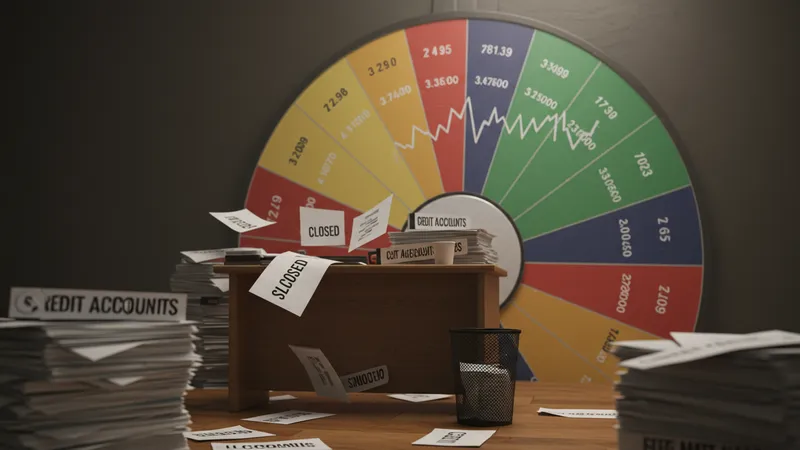
Eliminating accounts can lower your available credit, thereby inflating your utilization ratio disadvantageously—not the result many expect! Holding accounts even when dormant can benefit your credit history length.
Assess which accounts might best be preserved. Long-staying accounts bolster your credit longevity, thus fortifying your score like a financial time capsule.
Observing how continuity nurtures a robust score, it harbors essential insights. Navigate your credit card landscape—only as the final pages diagnose the practical adjustments yet to be made…
We've peeled back layers of finance with every page, revealing eye-opening shifts in credit strategies. Could these unexpected tactics redefine your financial freedom?
To ensure you're ahead, bookmark this article, share these insights with friends, or dive further into the possibilities with financial guidance. Ready to revolutionize your credit journey?